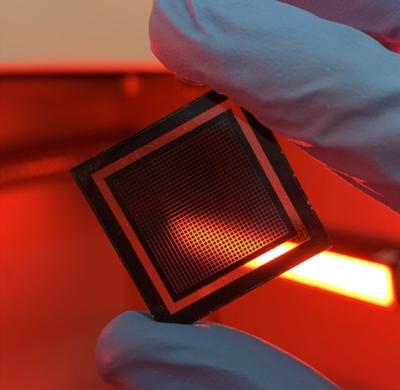Researchers use machine learning to predict optical behavior of halide perovskites with >90% accuracy
Researchers at the University of California, Davis College of Engineering and Georgia Institute of Technology are using machine learning to identify new materials for high-efficiency solar cells. Using high-throughput experiments and machine learning-based algorithms, they have found it is possible to forecast the materials’ dynamic behavior with very high accuracy, without the need to perform as many experiments.
A primary challenge in the field of perovskite-based solar cells is that the perovskite devices tend to degrade faster than silicon when exposed to moisture, oxygen, light, heat, and voltage. The challenge is to find which perovskites combine high-efficiency performance with resilience to environmental conditions. Marina Leite, associate professor of materials science and engineering at UC Davis and senior author of the paper, said that “the number of possible chemical combinations alone is enormous". Furthermore, they need to be assessed against multiple environmental conditions, alone and in combination, which results in a hyperparameter space that cannot be explored using conventional trial-and-error methods. “The chemical parameter space is enormous,” Leite said. “To test them all would be very time consuming and tedious.”








